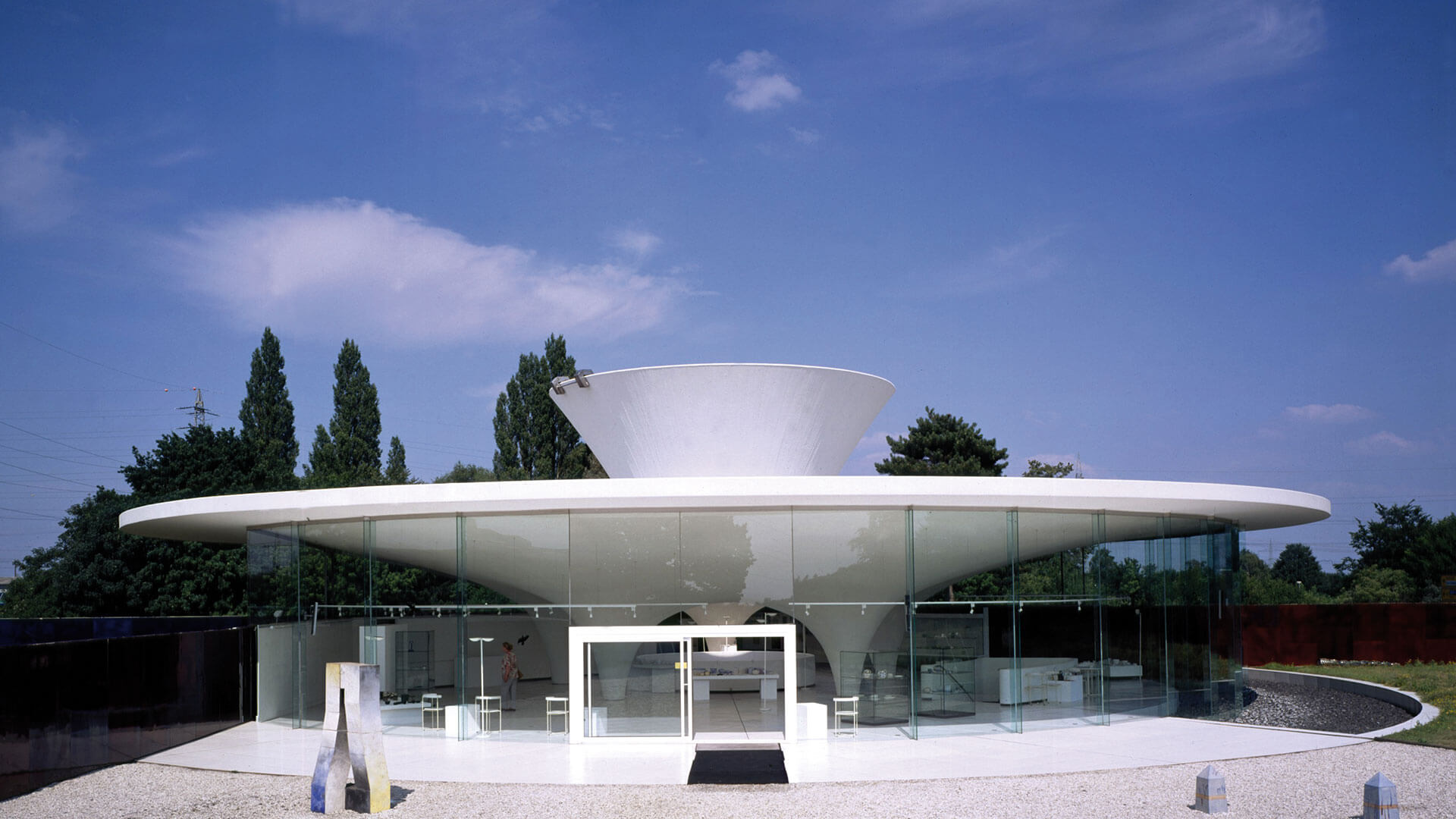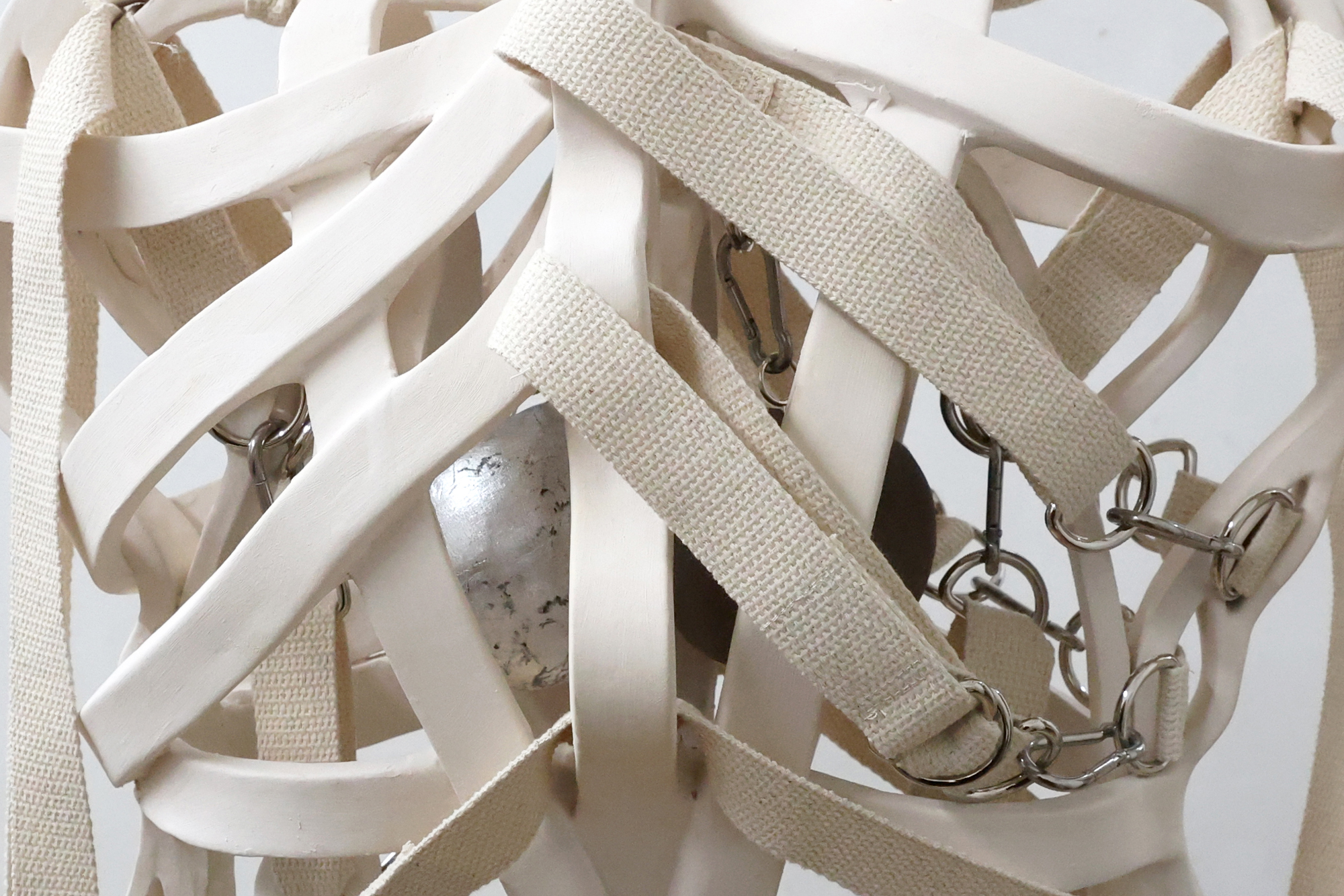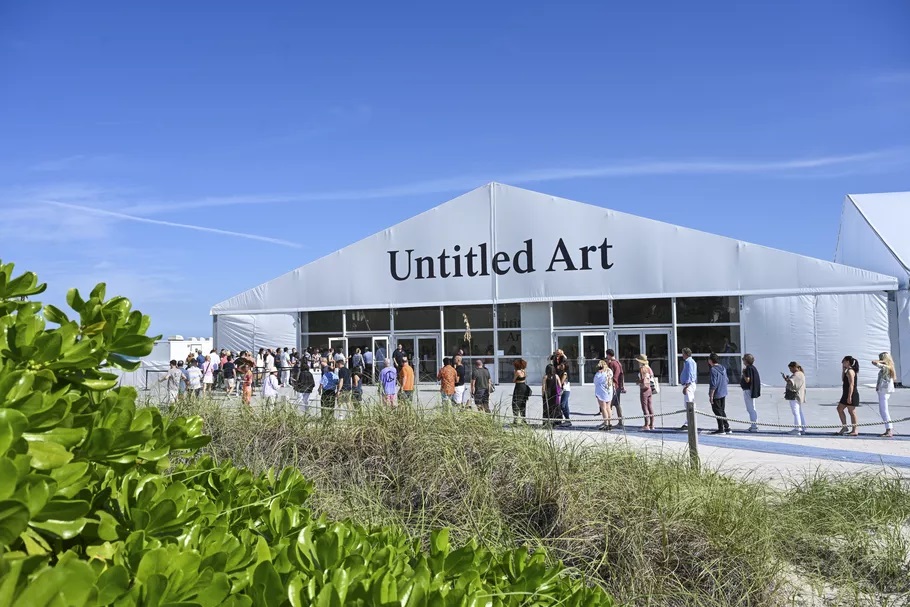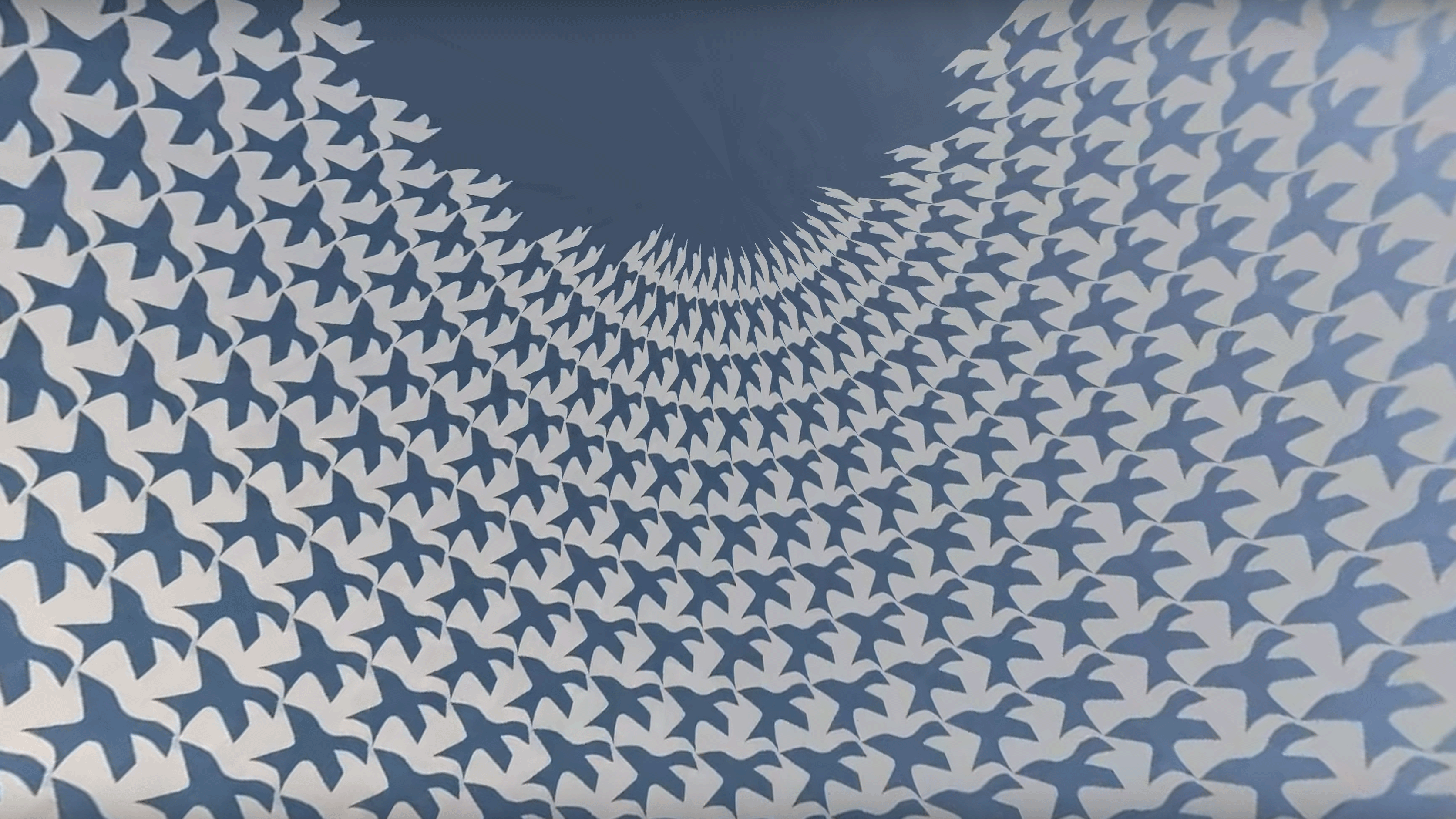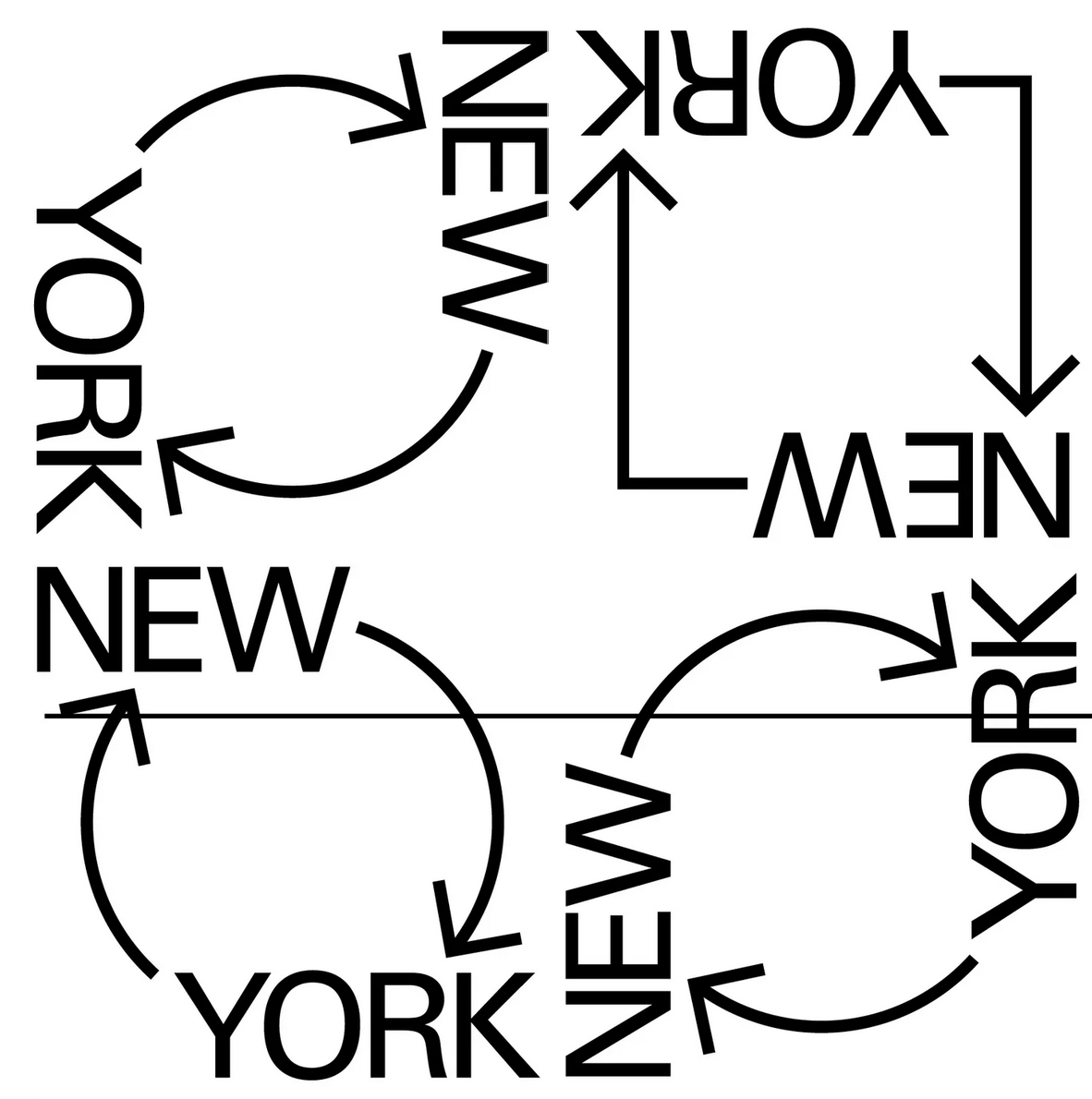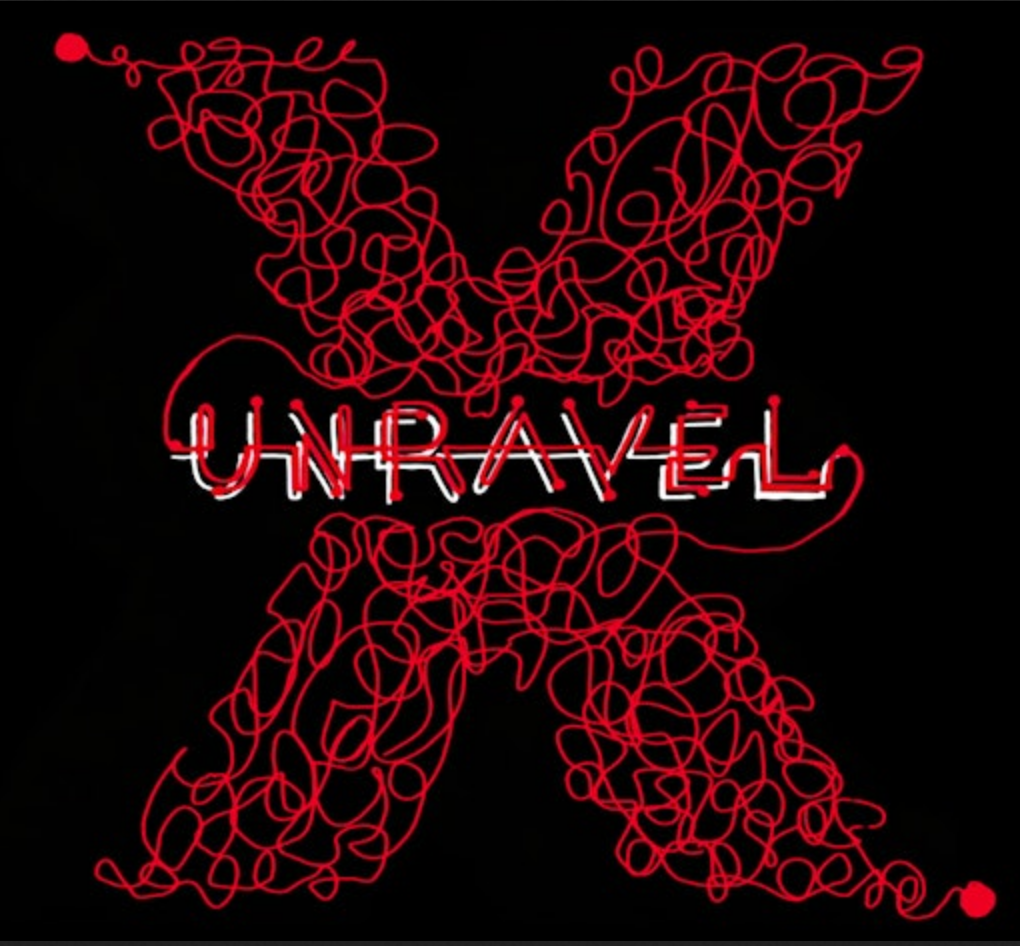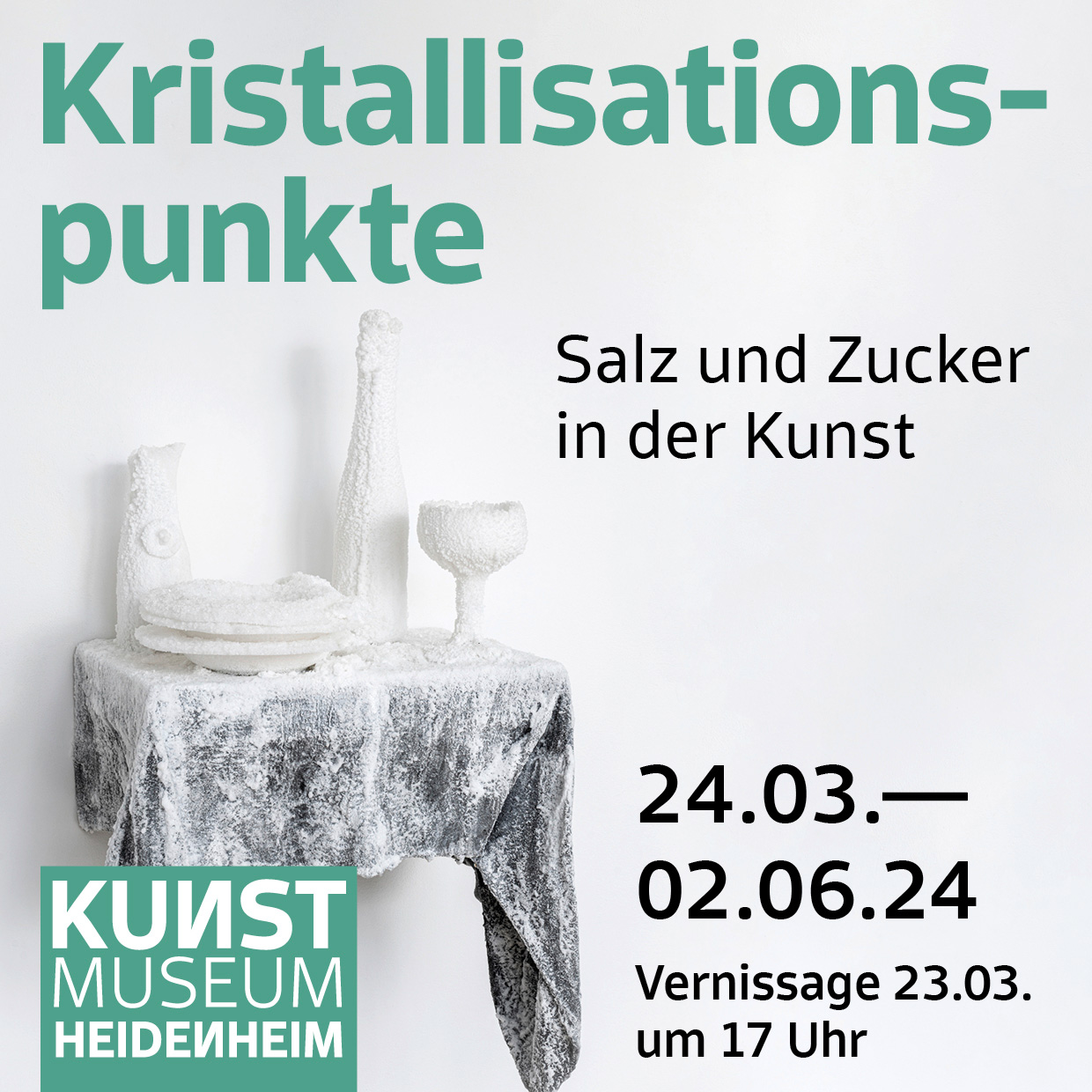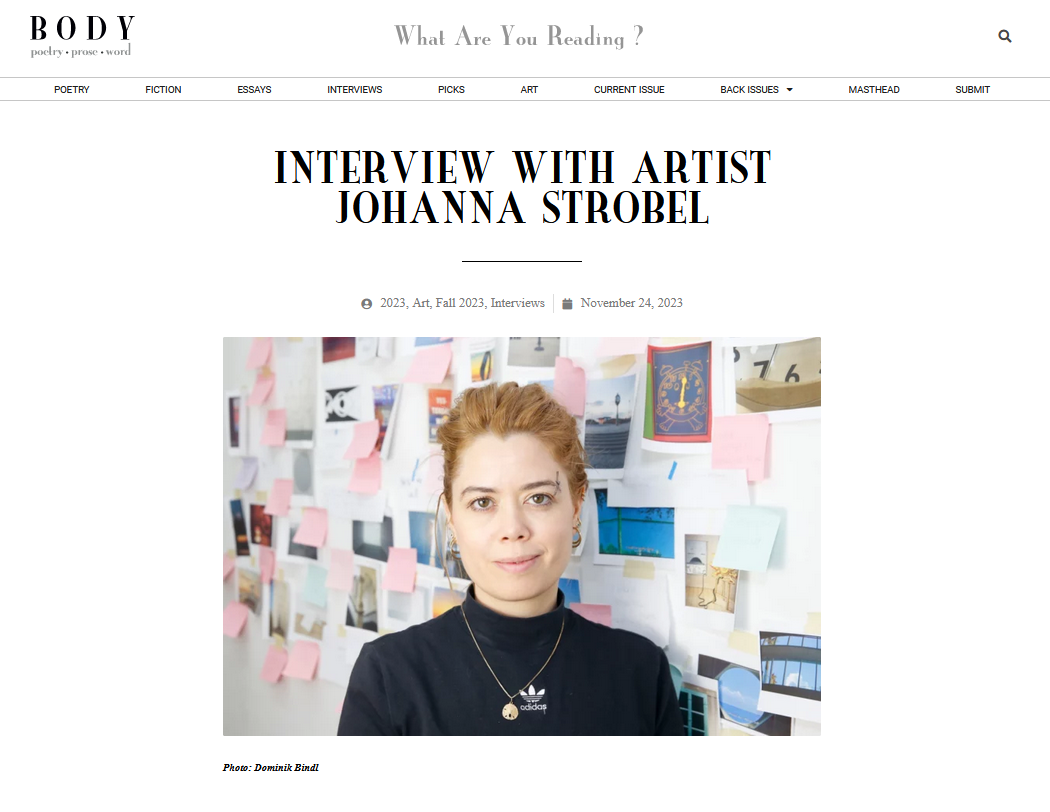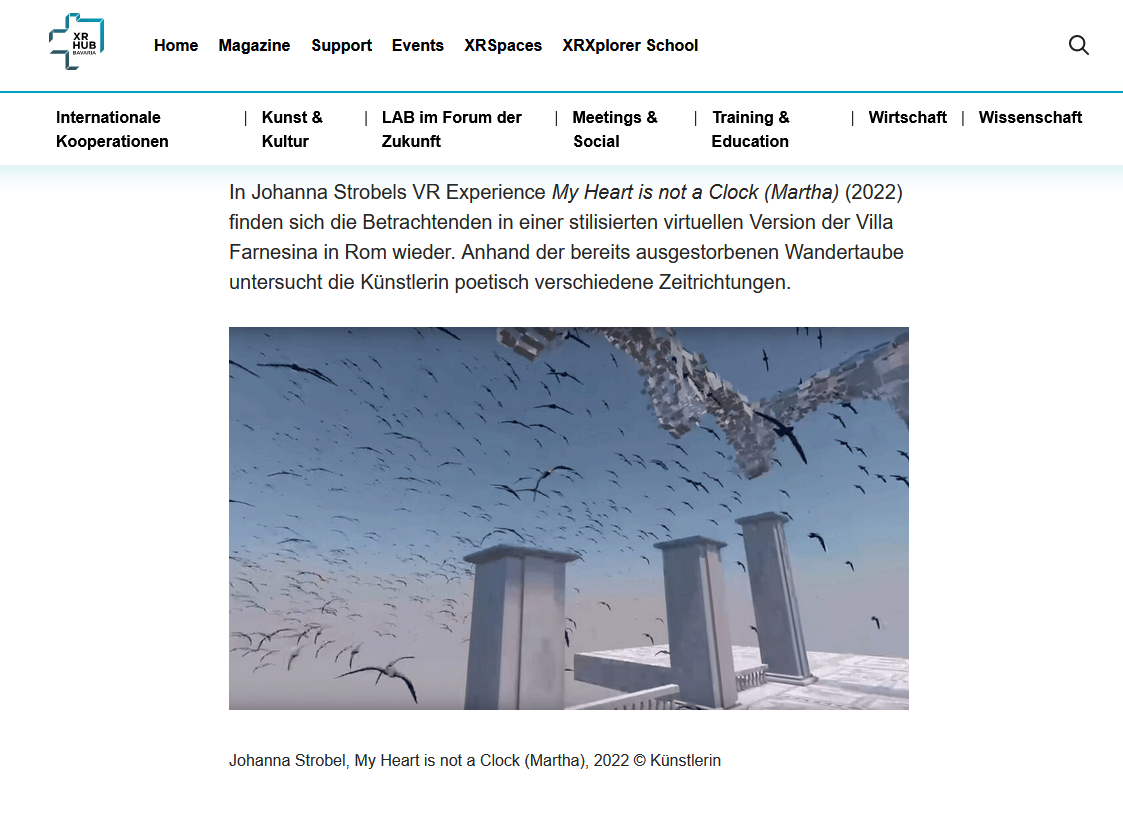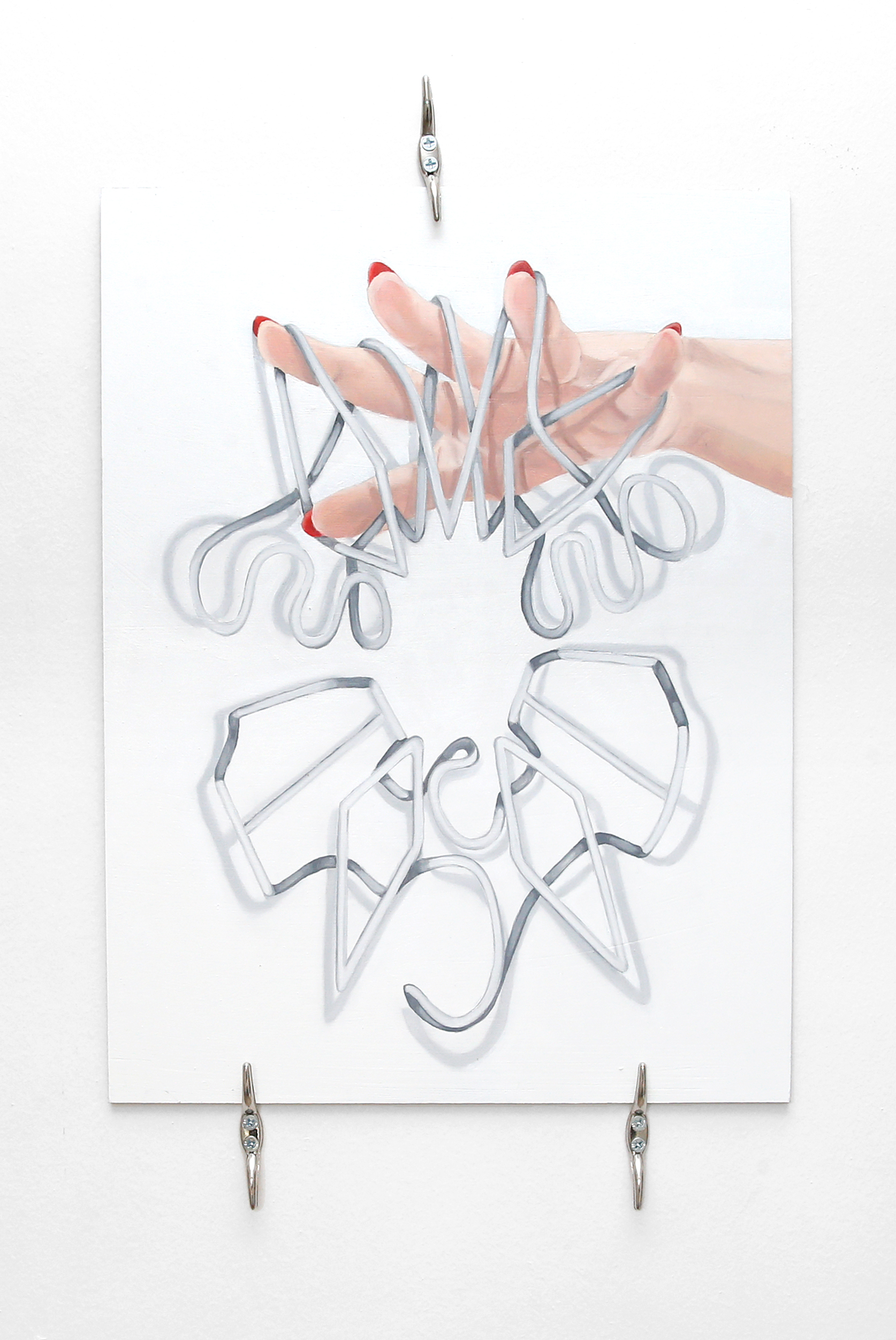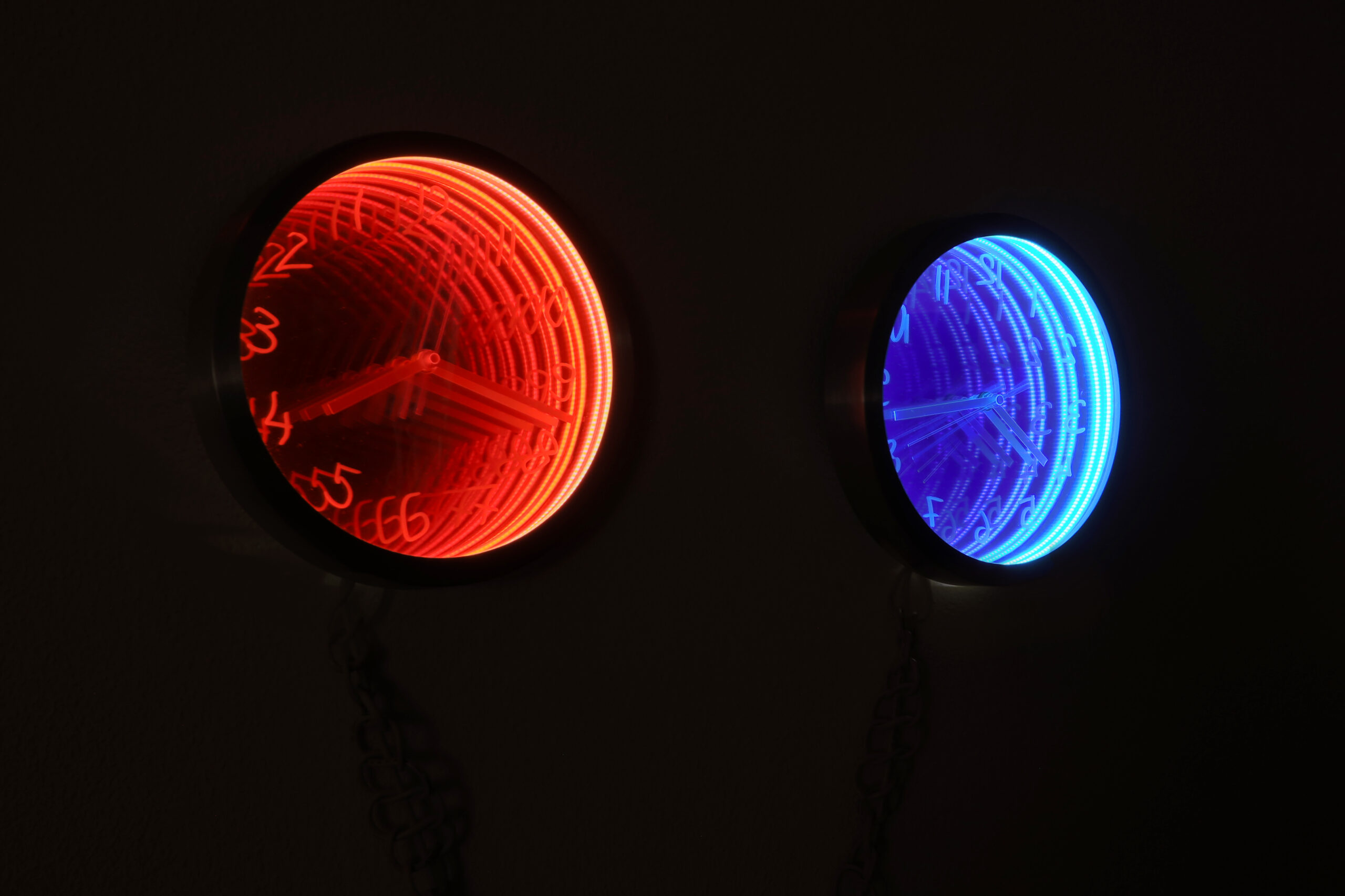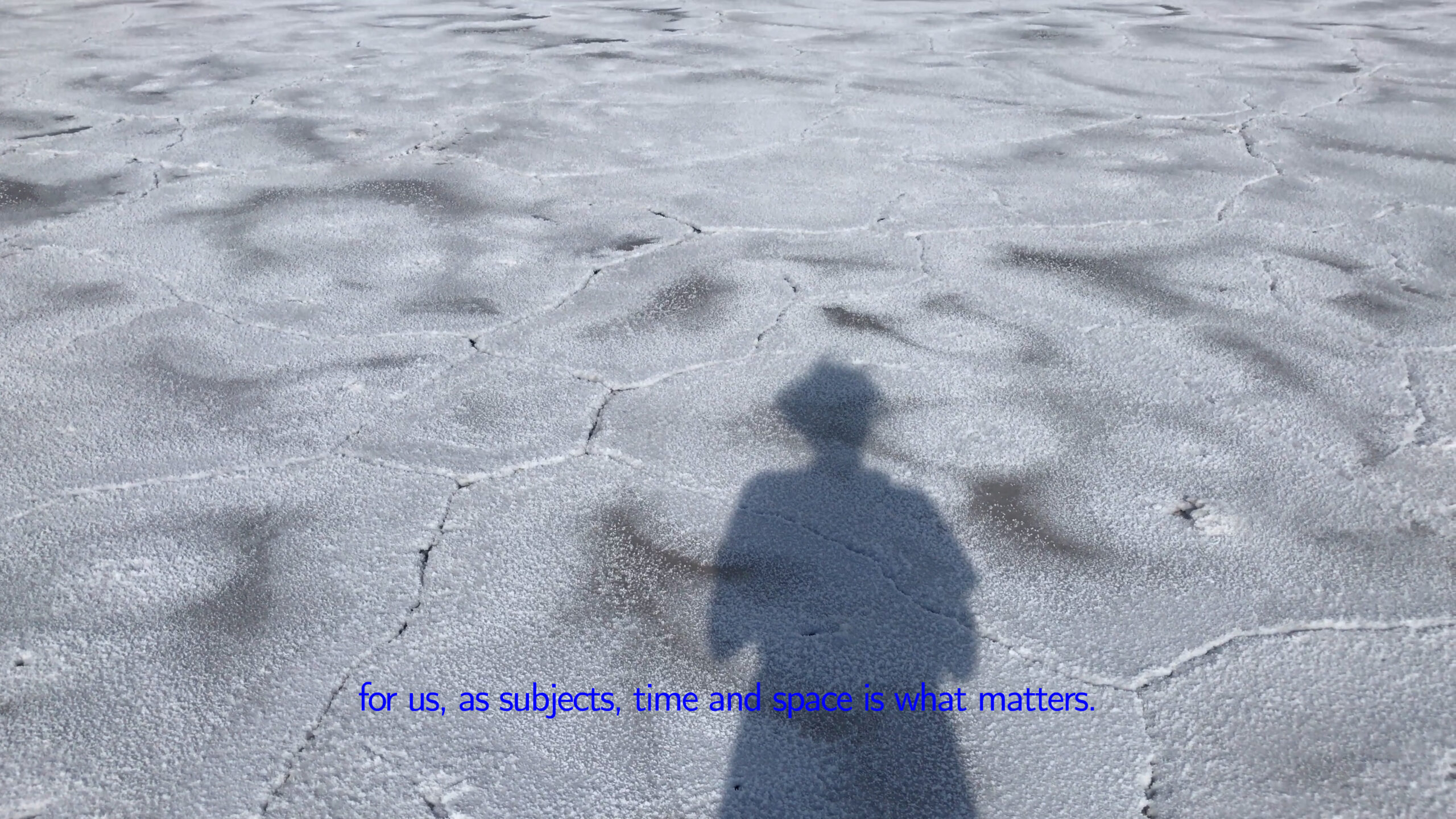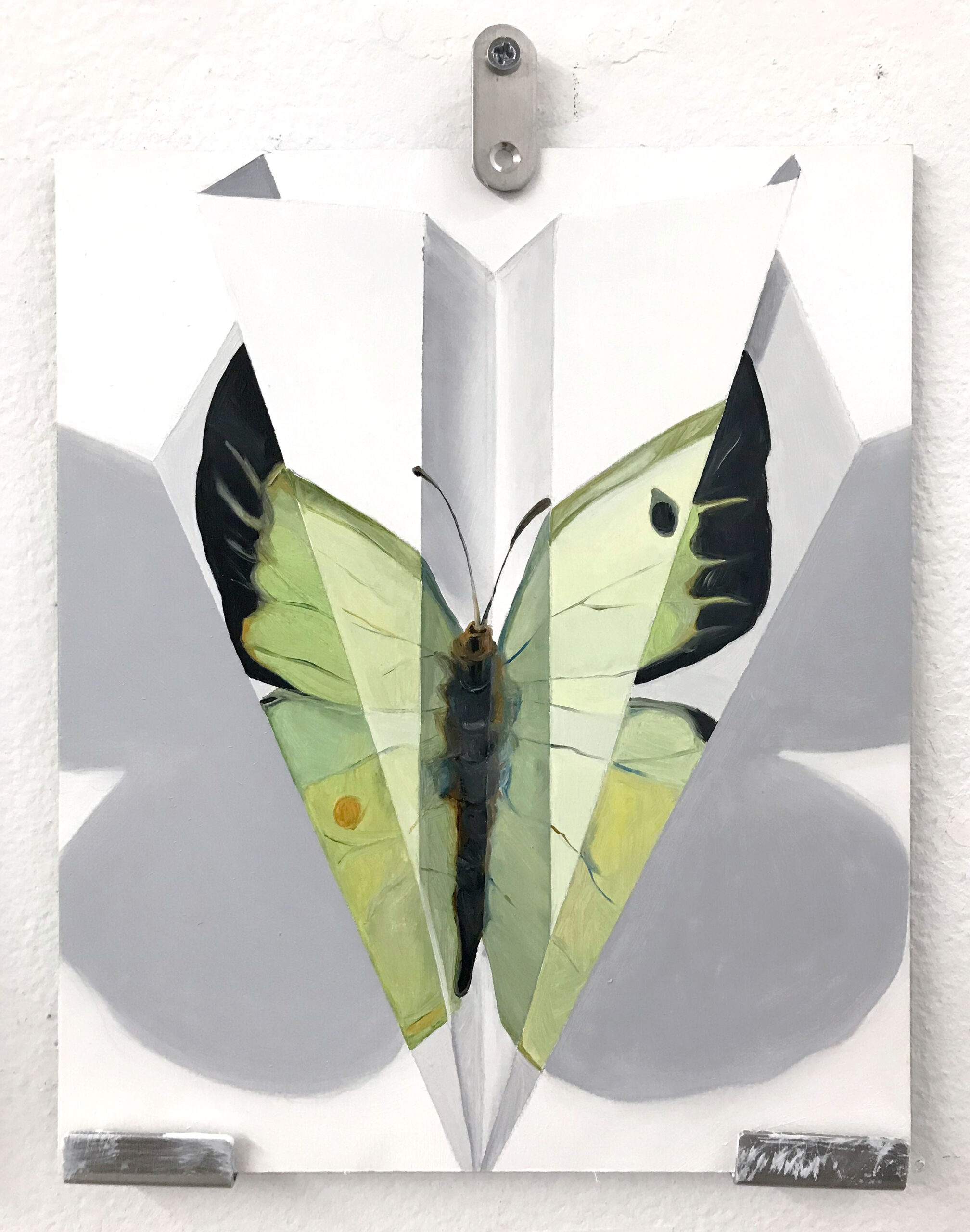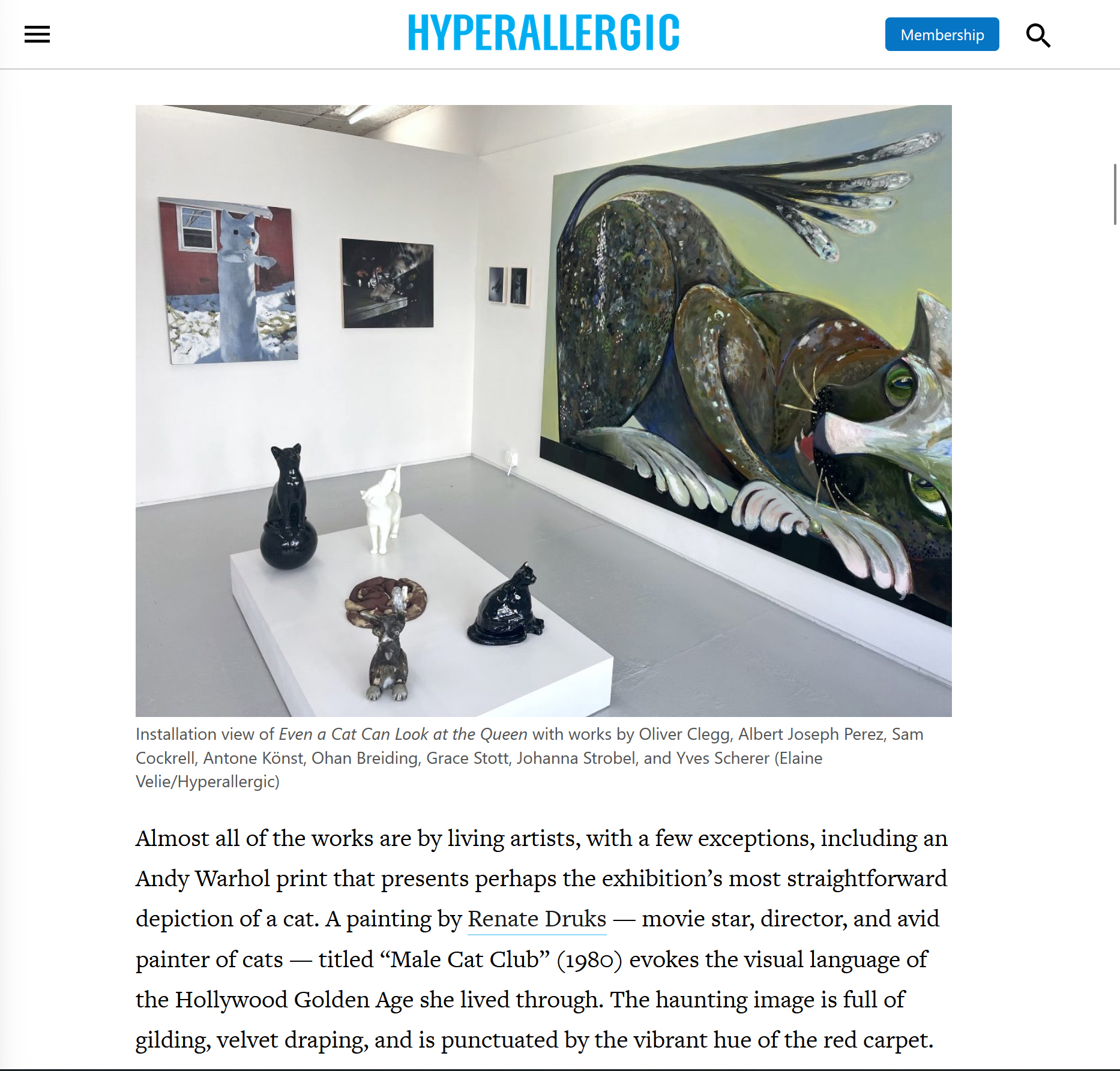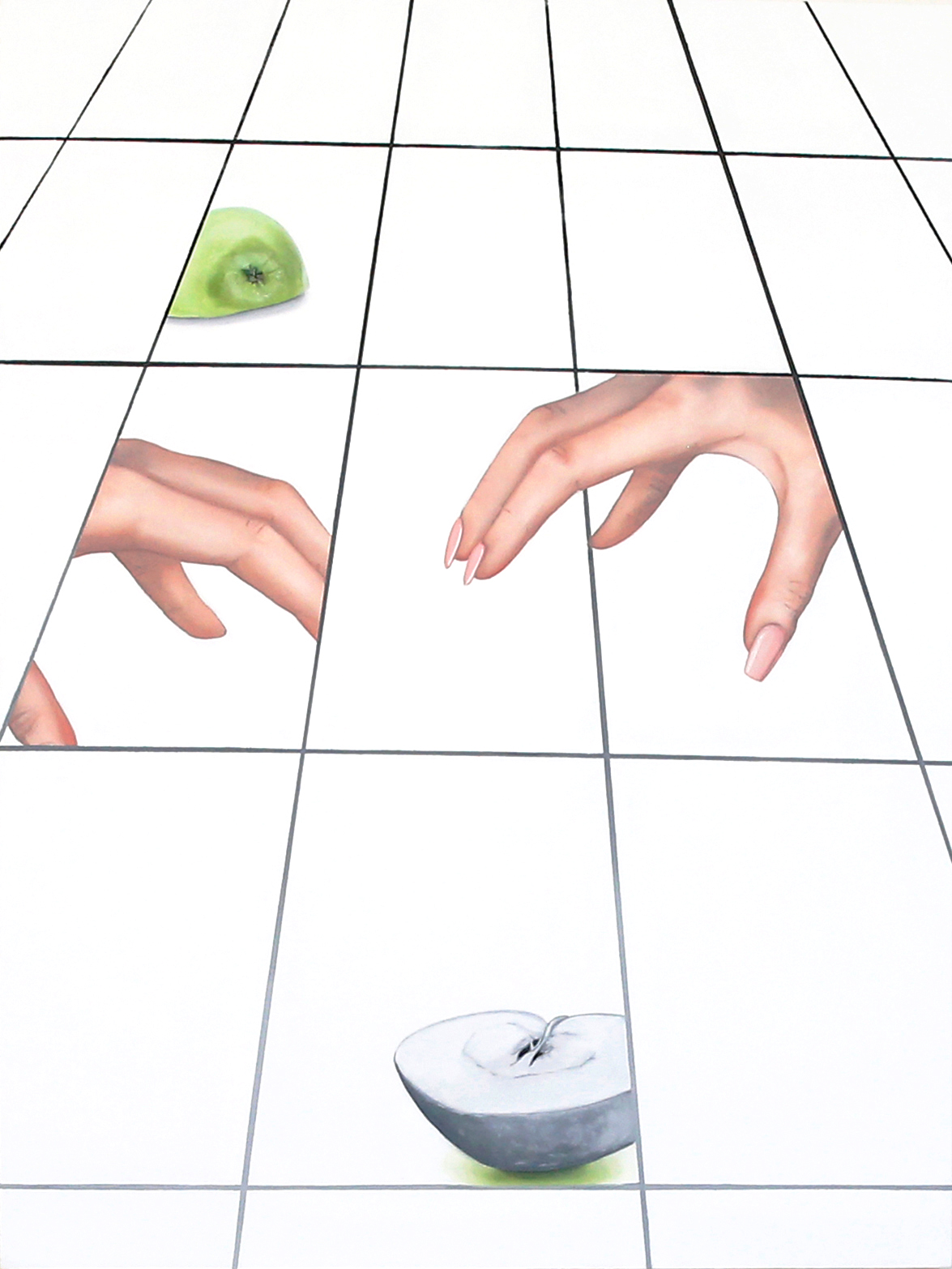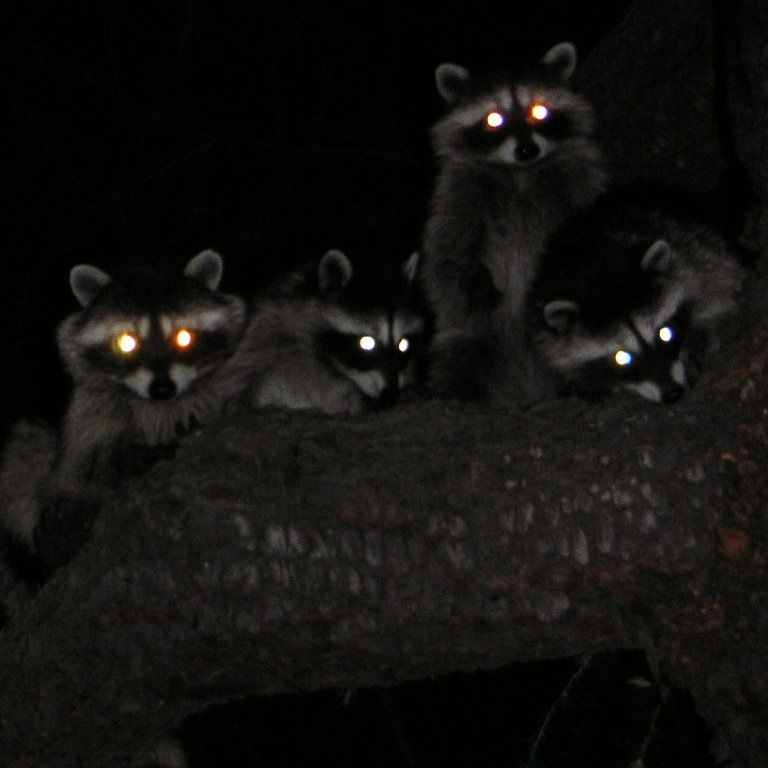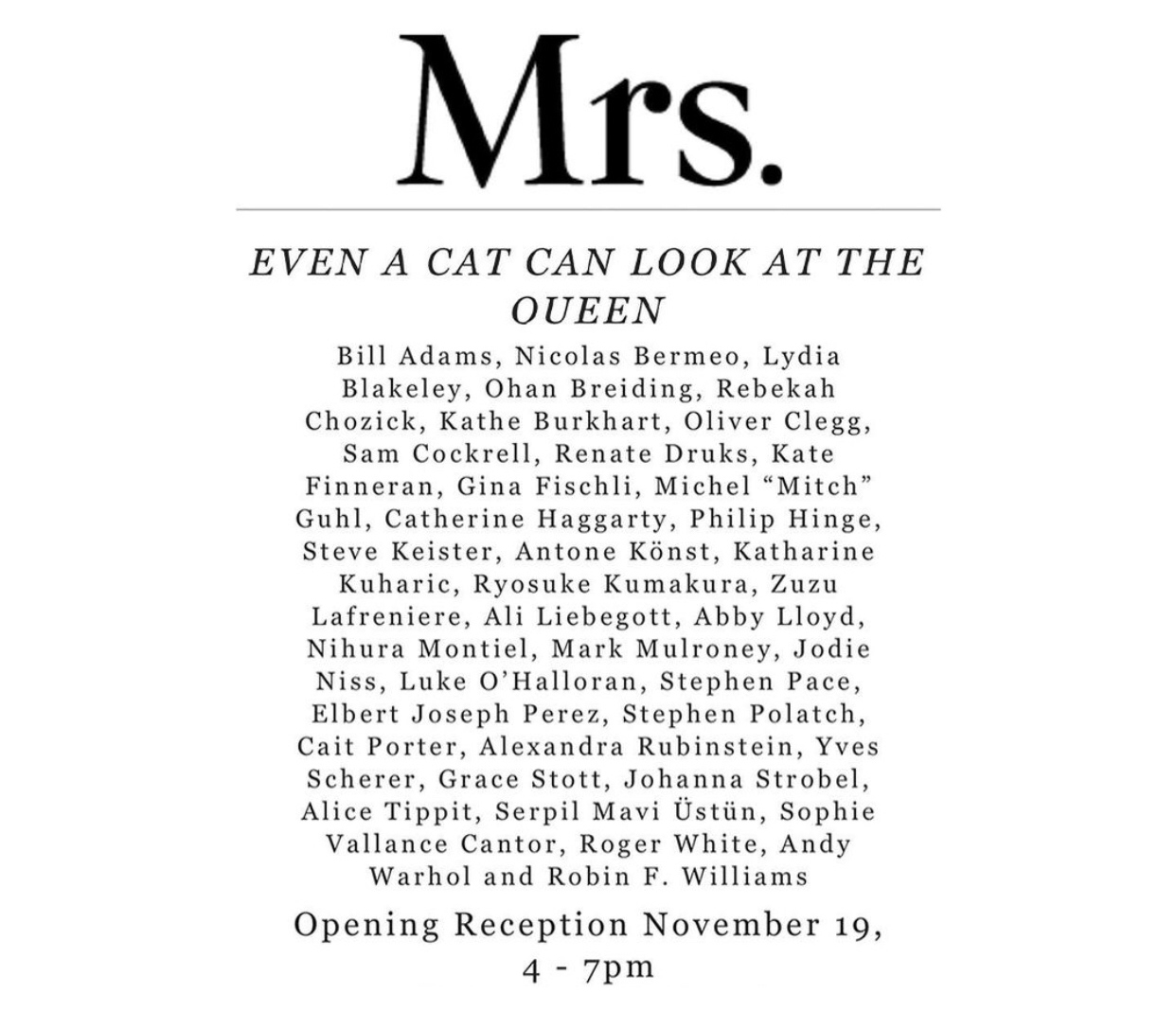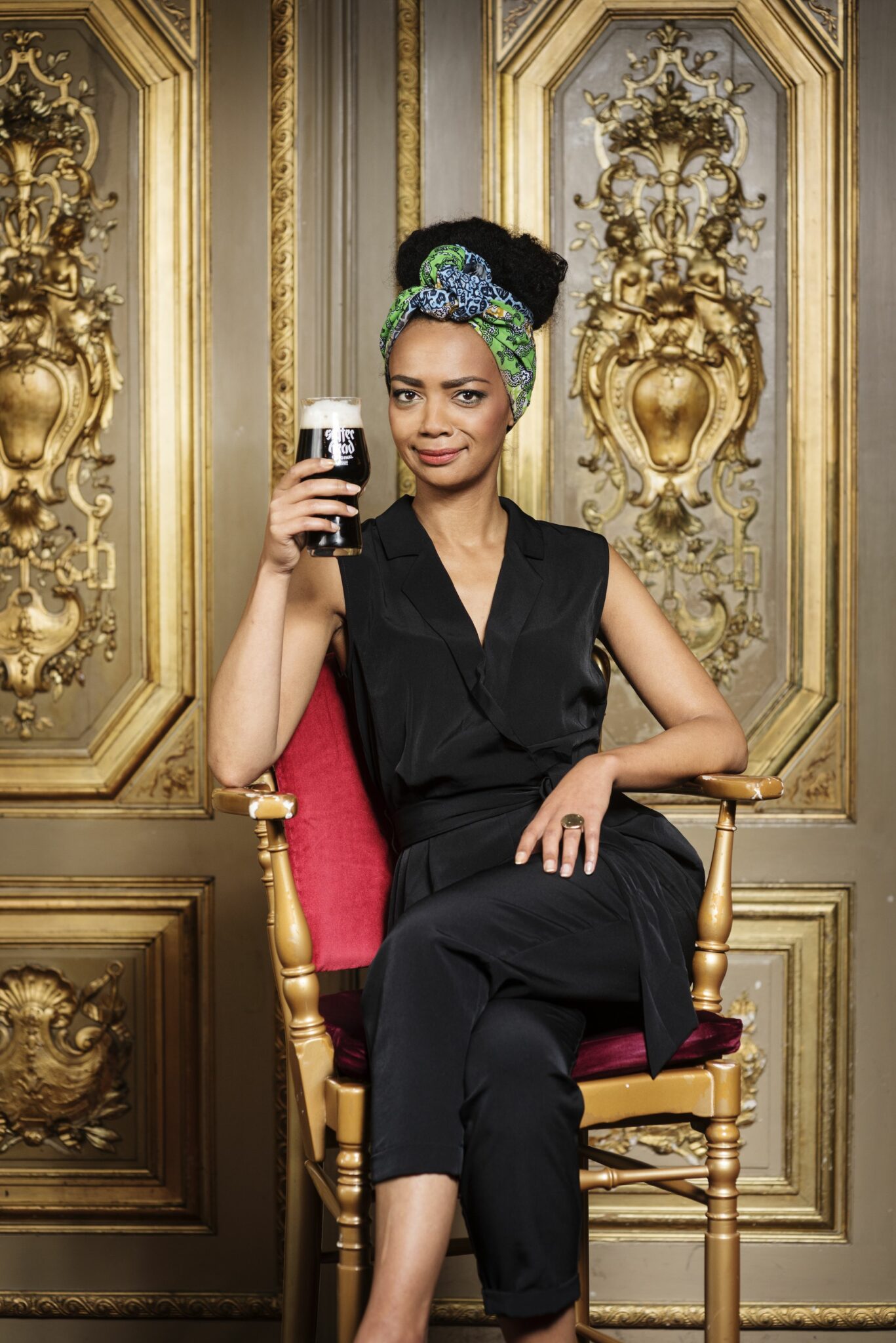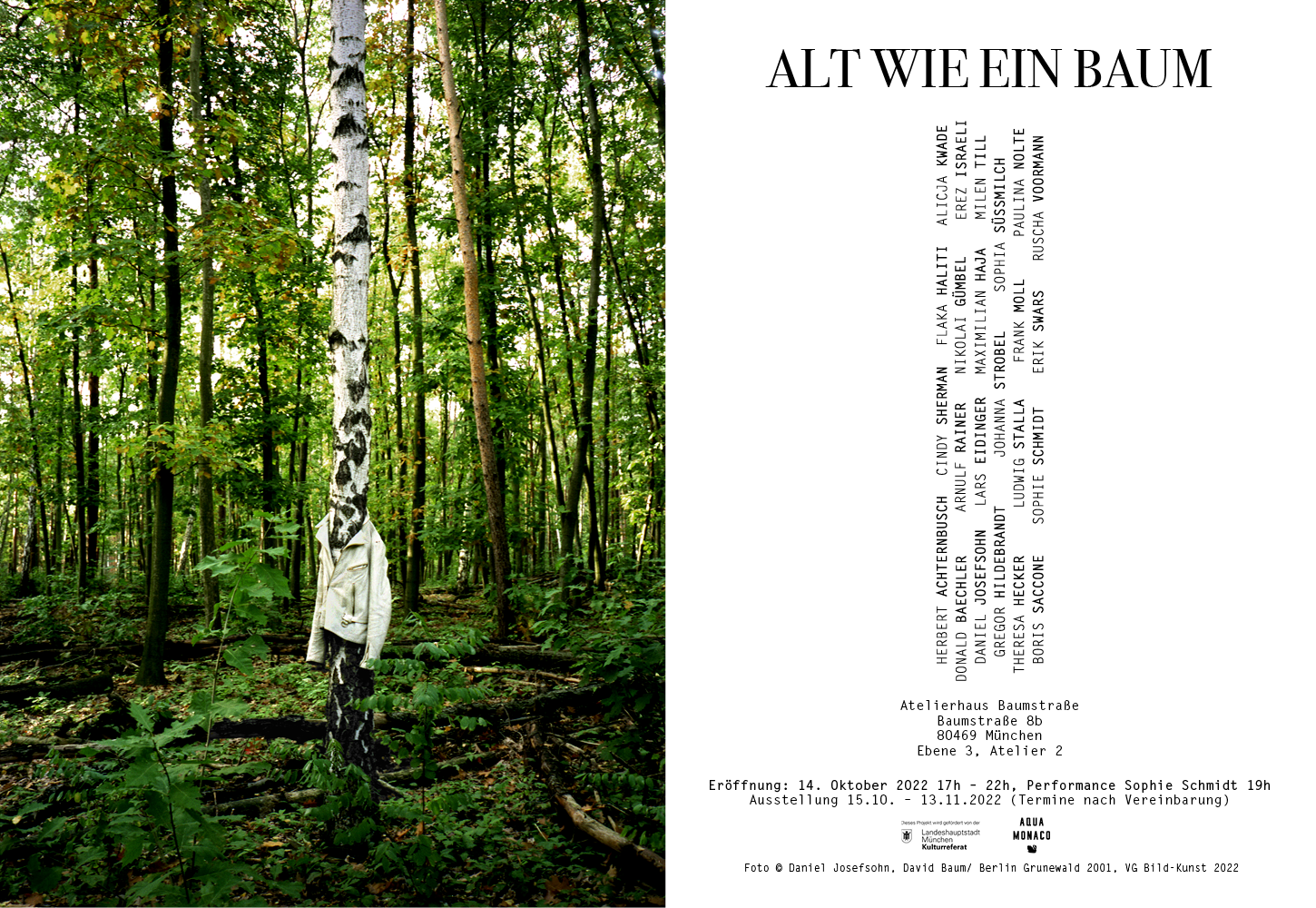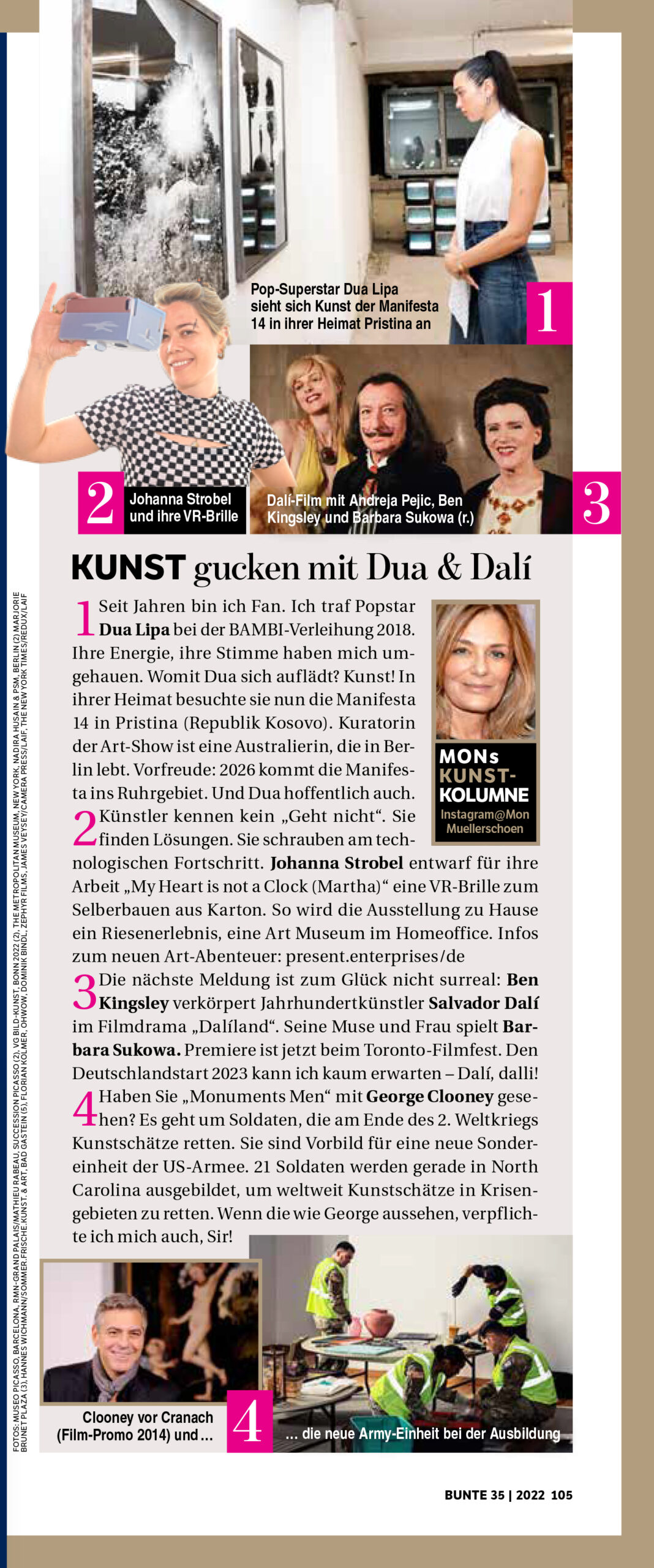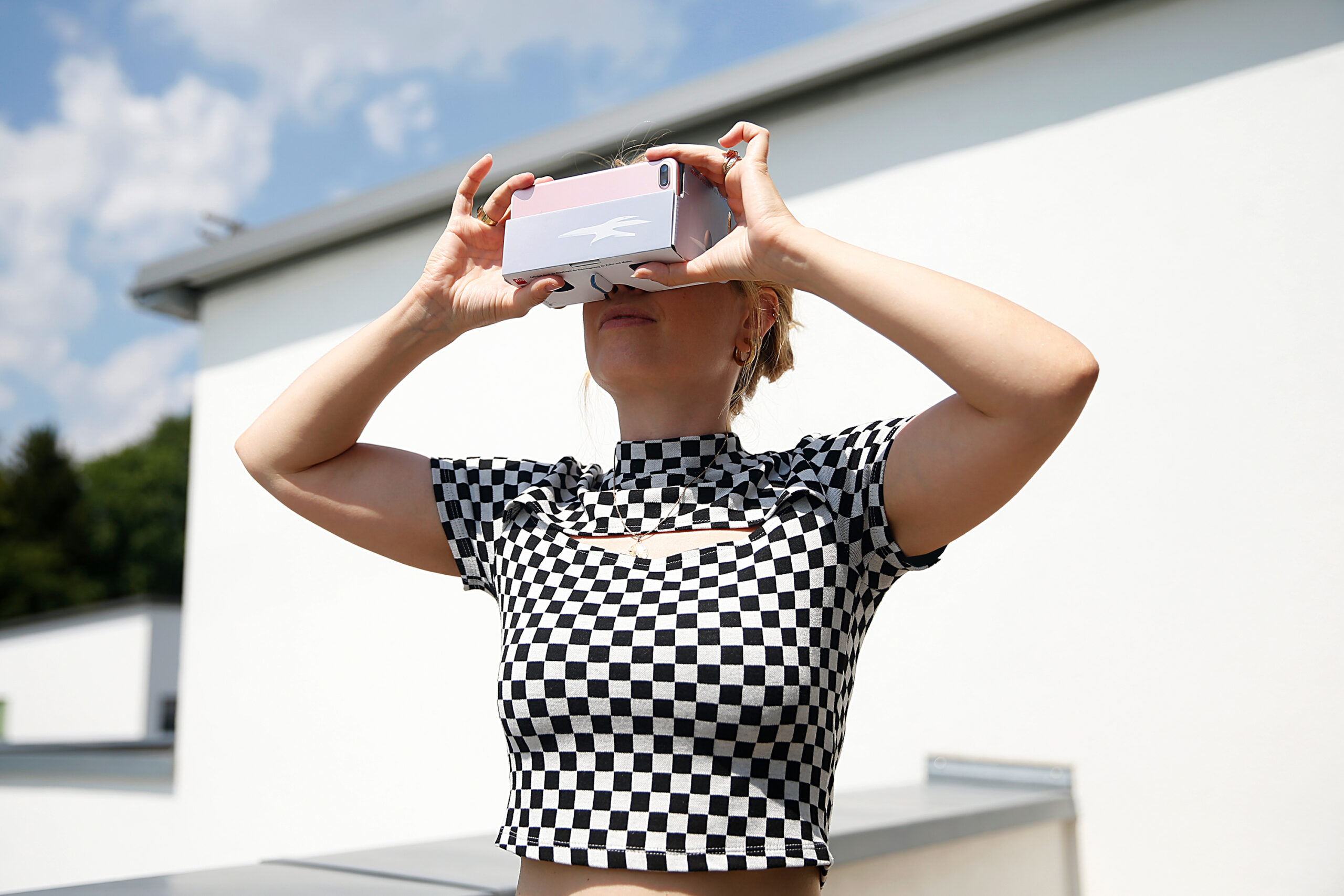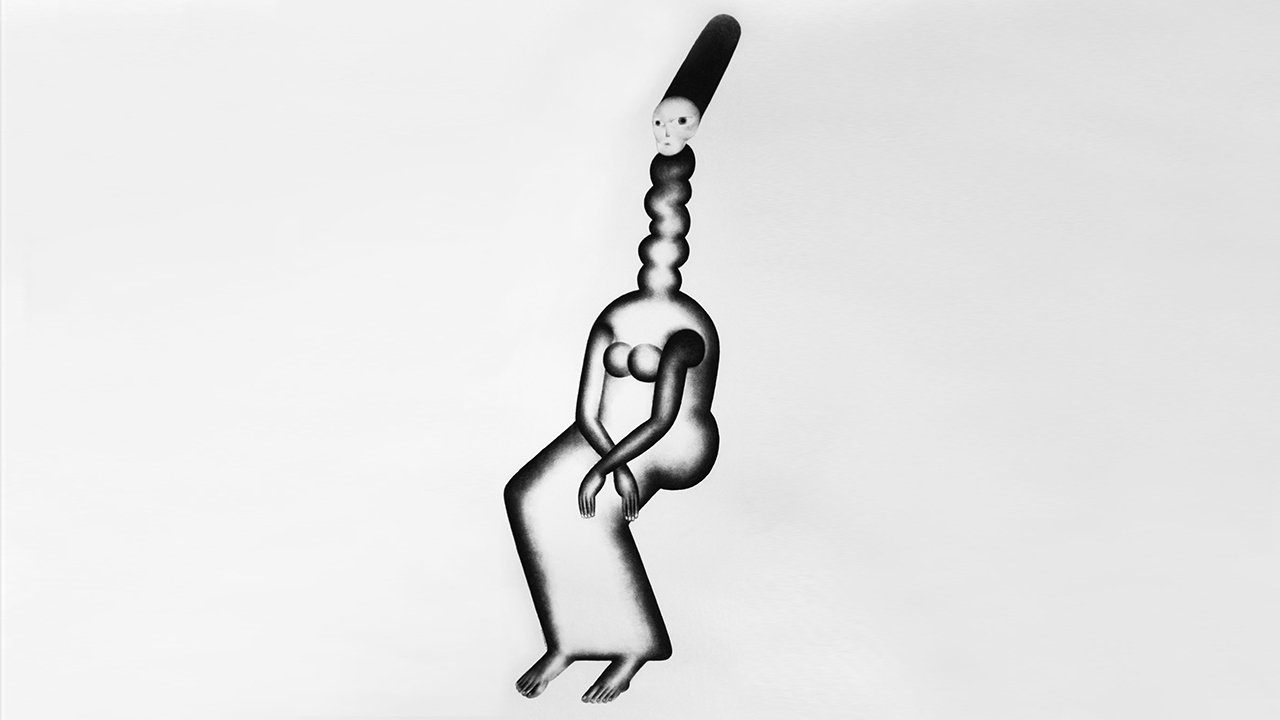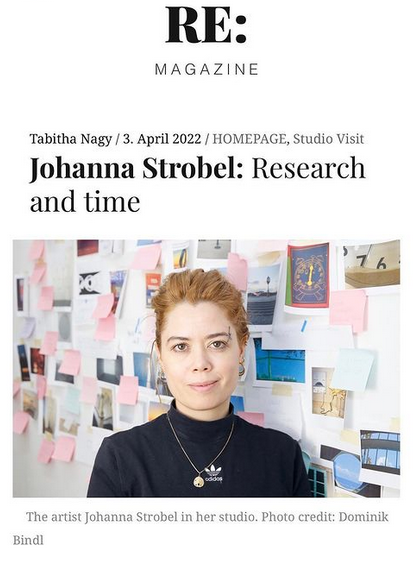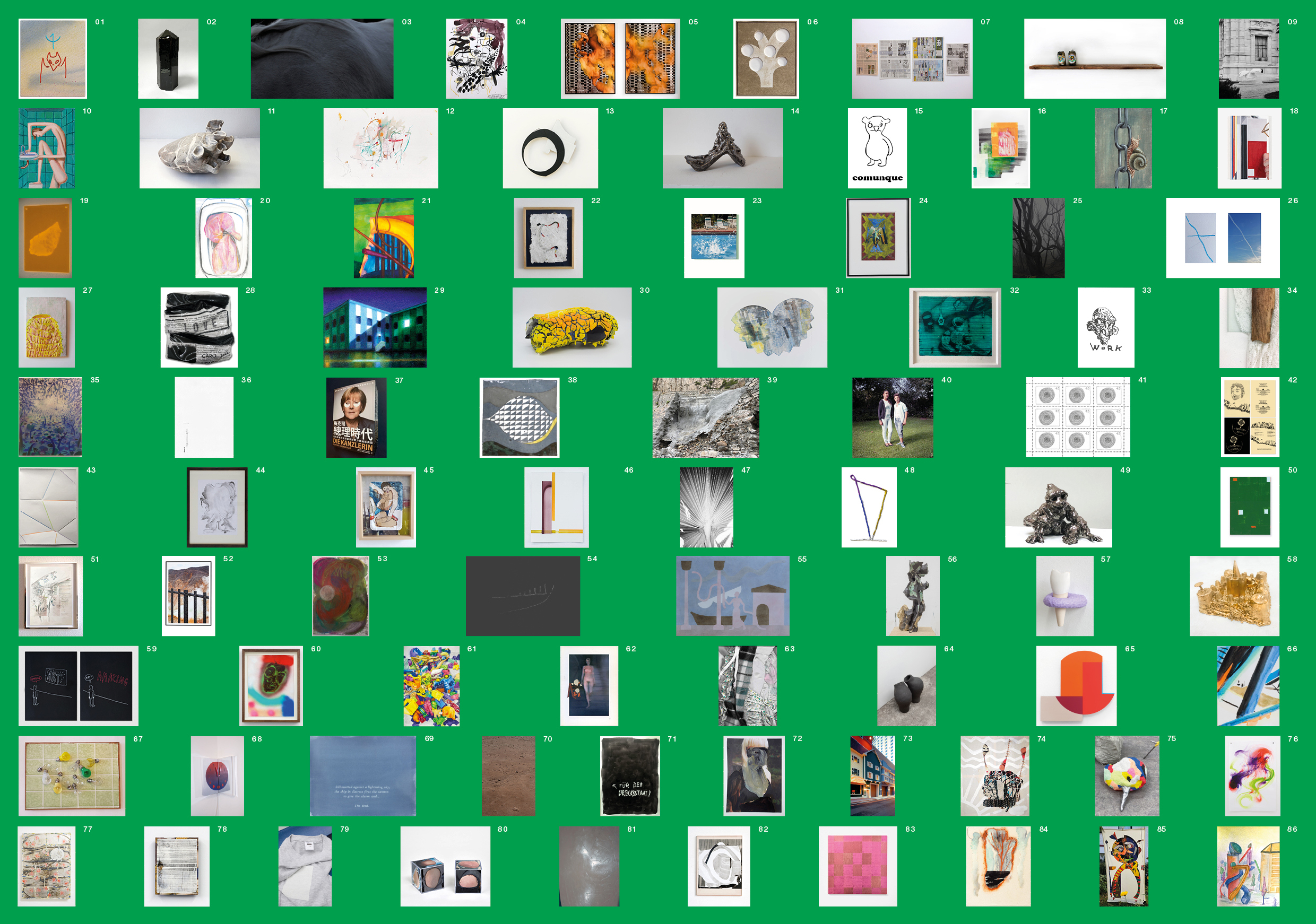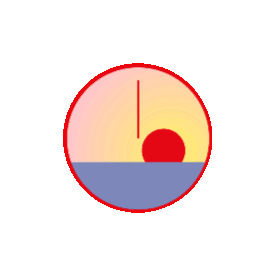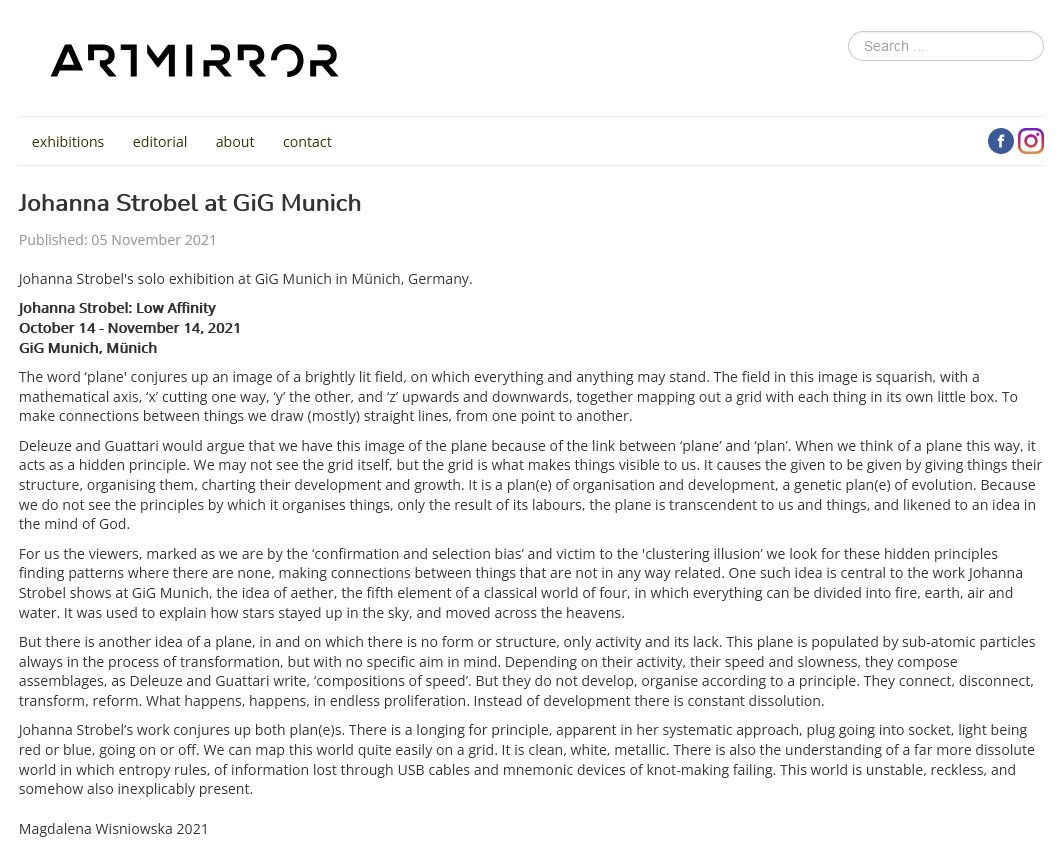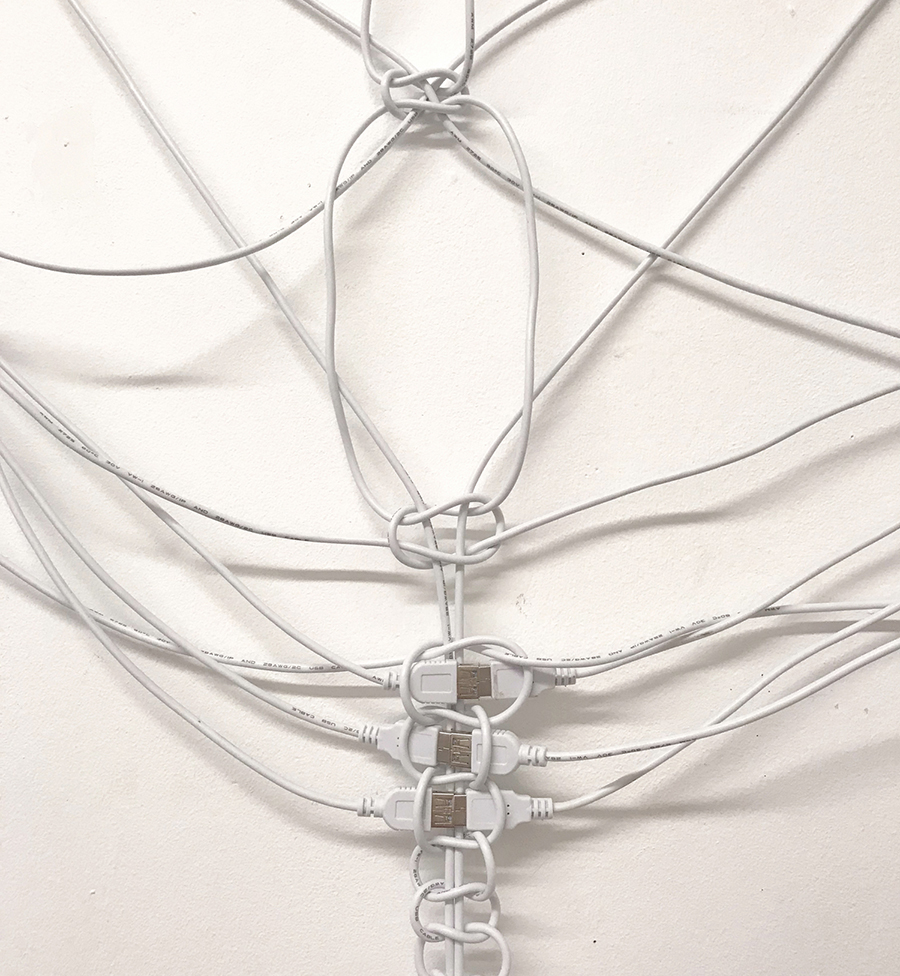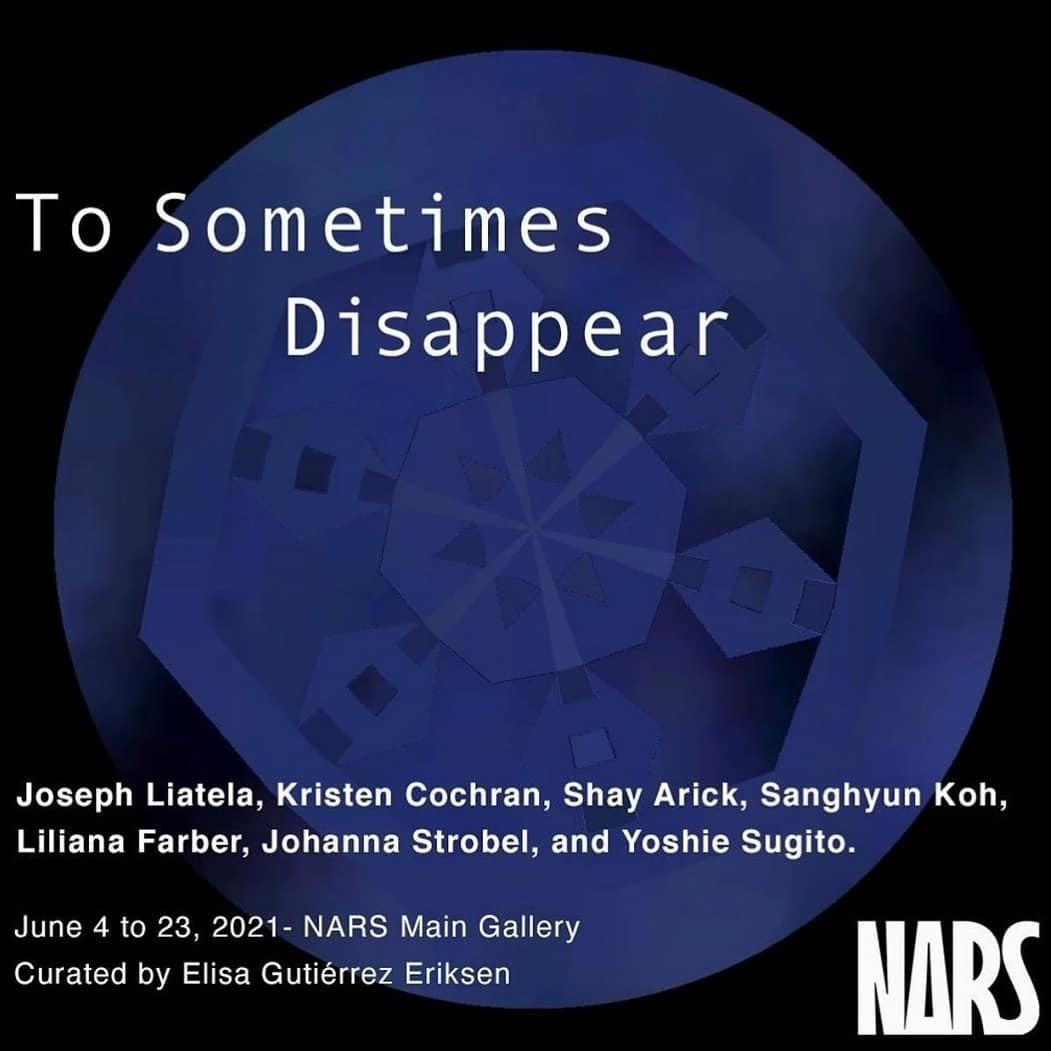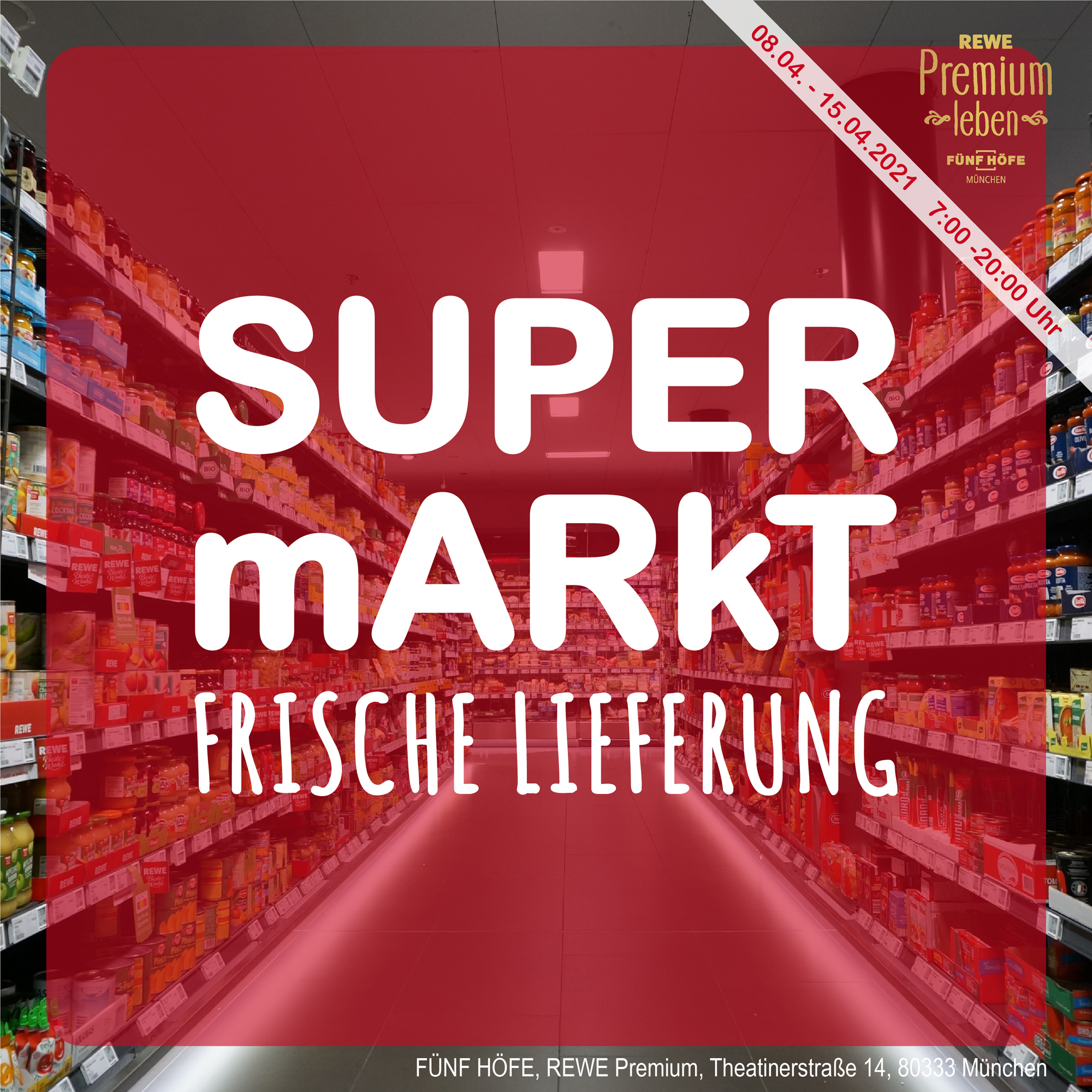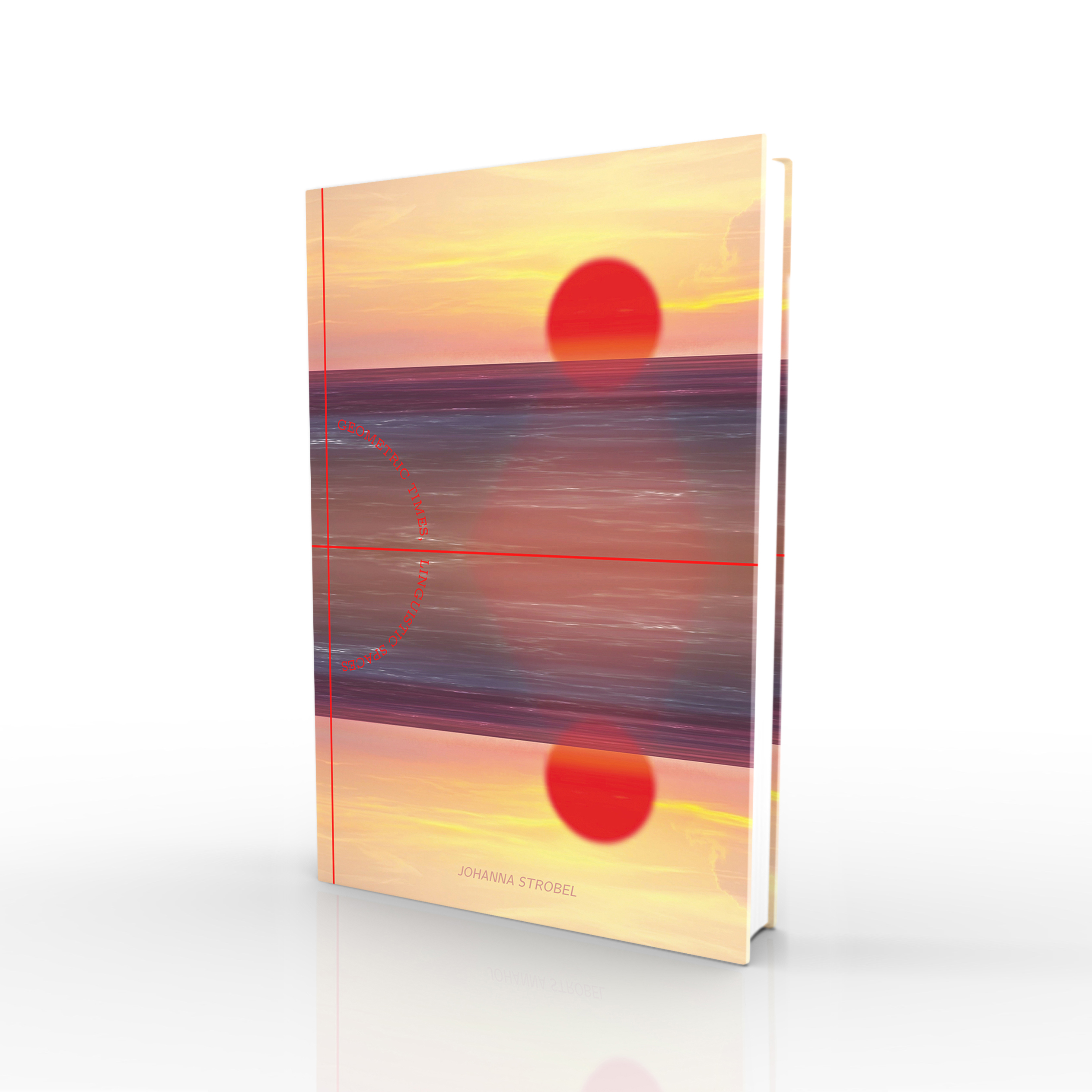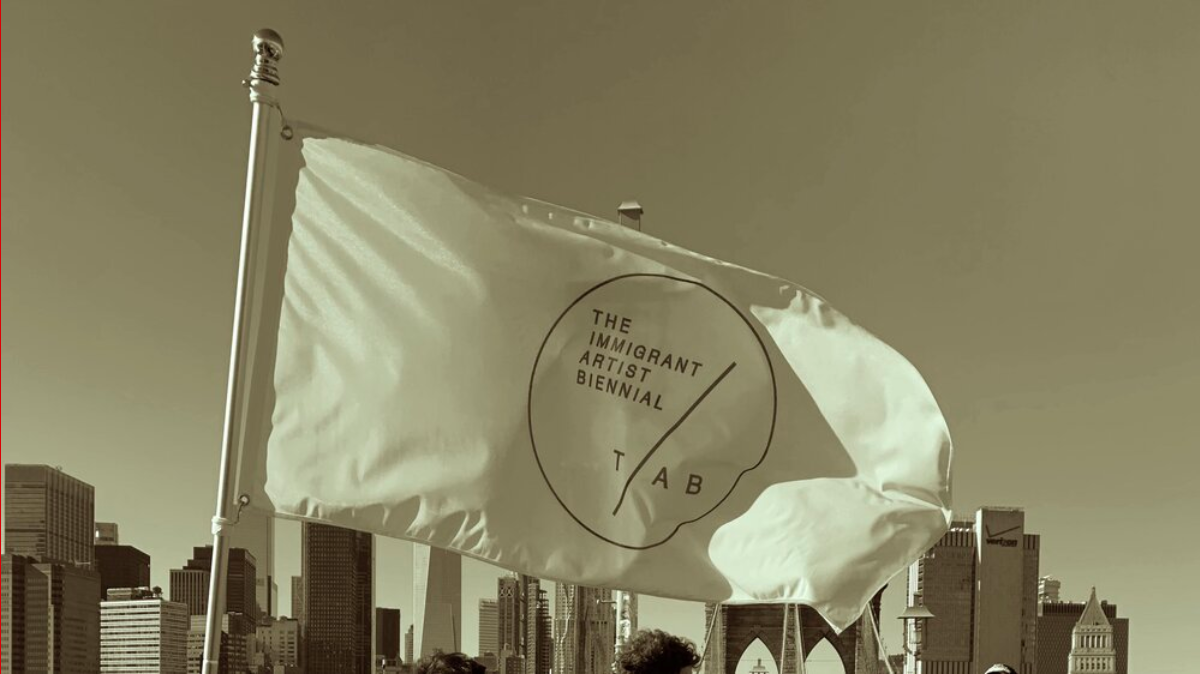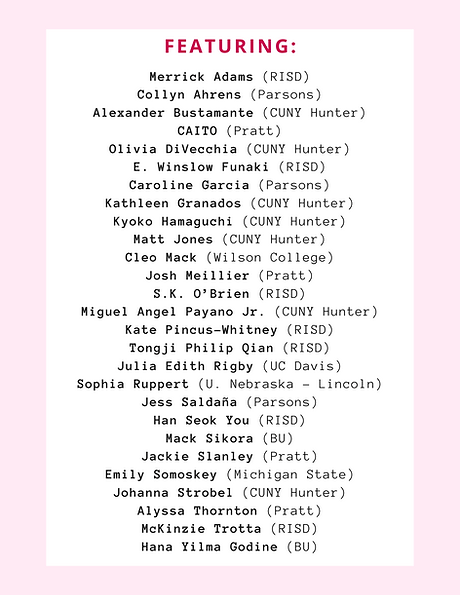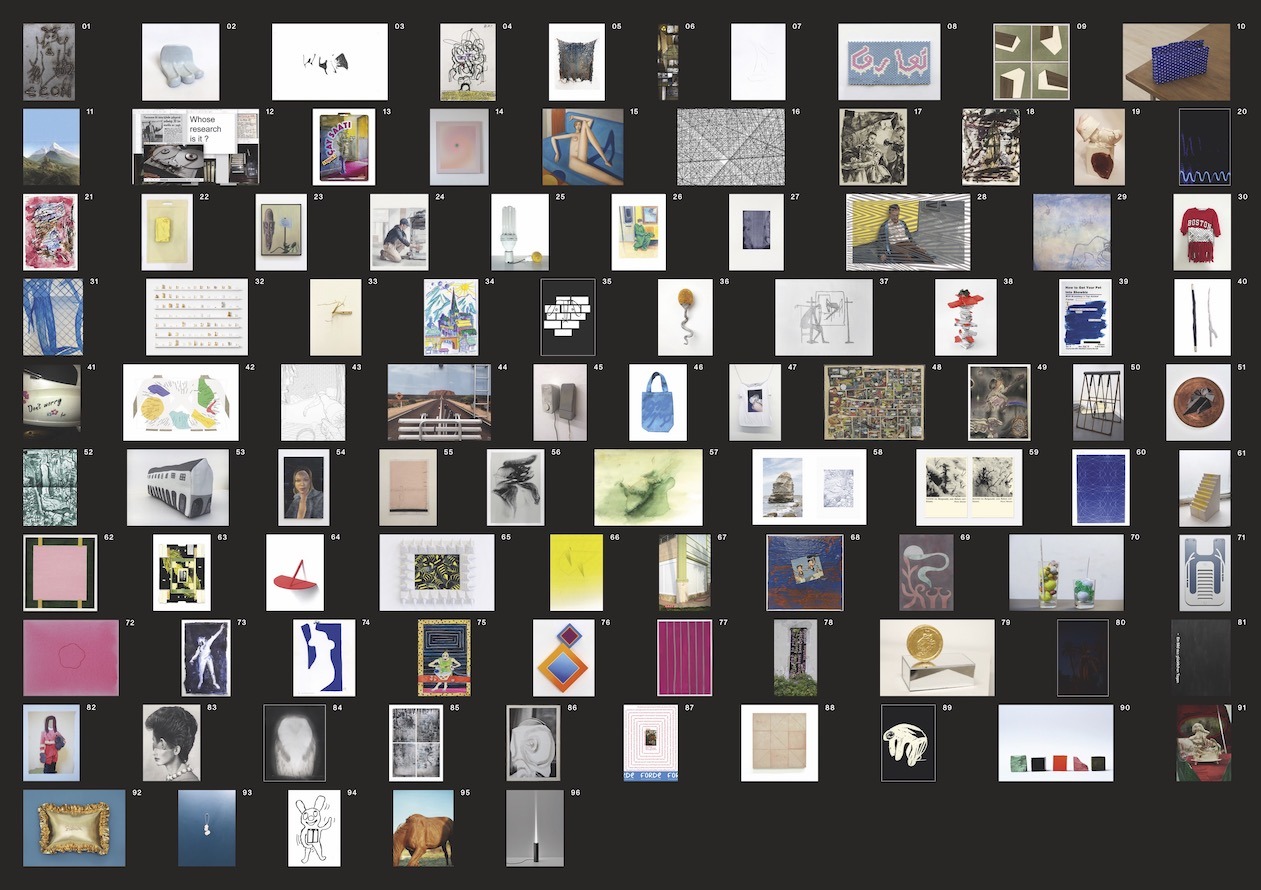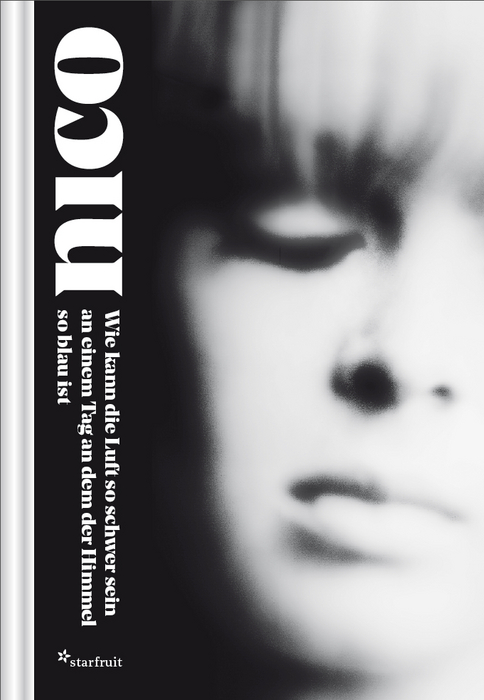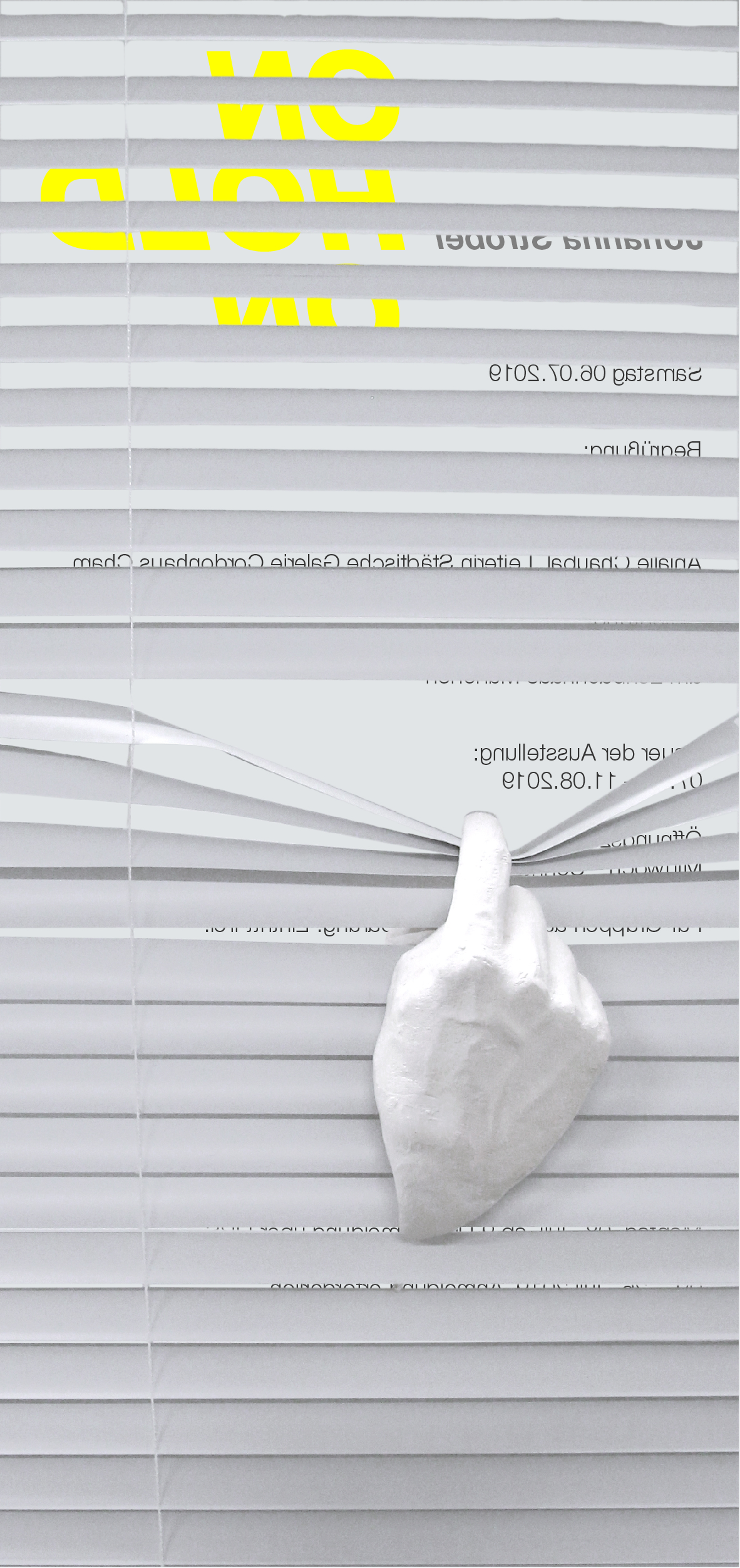Jahresgaben 2019 Kunstverein München
Niko Abramidis & NE, Judith Adelmann, Helin Alas, Boban Andjelkovic, Florian Auer, Ilit Azoulay, Maximiliane Baumgartner, Nigin Beck, Tim Bennett, Anna-Sophie Berger, Benjamin Bergmann, Cana Bilir-Meier, Julian Billmair, Alina Birkner, Ayzit Bostan, Alessandro Bostelmann, Roland Burkart, Andreas Chwatal, Robert Crotla, Saskia Diez, Stephan Dillemuth, Elke Dreier, Hedwig Eberle, Oscar Enberg, Stefan Fuchs, Fabian Frinzel, Jonah Gebka, Susi Gelb, Alina Grasmann, Lea Grebe, Philipp Gufler, Flaka Haliti, Stefanie Hammann, Hannes Heinrich, Gregor Hildebrandt, Lukas Hoffmann, Andy Hope 1930, Judith Hopf, Mari Iwamoto, Stephan Janitzky, Lou Jaworski, Caro Jost, Robert Keil, Tanja Kernweiss, Johanna Klingler, Josef Knoll, Raphael Krome, Simon Lässig & Vera Lutz, Yutie Lee, Sarah Lehnerer, Justin Lieberman, Mahlergruppe, Sophia Mainka, Rut Massó, Anna McCarthy, Michaela Melián, Rute Merk, Philipp Messner, Maria VMier, Edie Monetti, Ariane Müller & Verena Kathrein, Andreas Neumeister, Olaf Nicolai, Fumie Ogura, Irina Ojovan, Aribert von Ostrowski, Jonas von Ostrowski, Jonathan Penca, Catalin Pislaru, Mara Pollak, Thomas von Poschinger, Berthold Reiß, RELVĀOKELLERMANN, Kevin Reuning, Ivo Rick, Anne Rößner, Antoinette von Saurma, Hank Schmidt in der Beek, Kristina Schmidt, Richard Schur, Emanuel Seitz, Angela Stiegler, Johanna Strobel, Frank Stürmer, Florian Süssmayr, Valio Tchenkov, The Scissorhands, Anna Vogel, Johannes Tassilo Walter, Elisabeth Wieser, Alex Wissel, Martin Wöhrl, Youjin Yi, Andrea Zabric, Laura Ziegler, Jovana Reisinger
